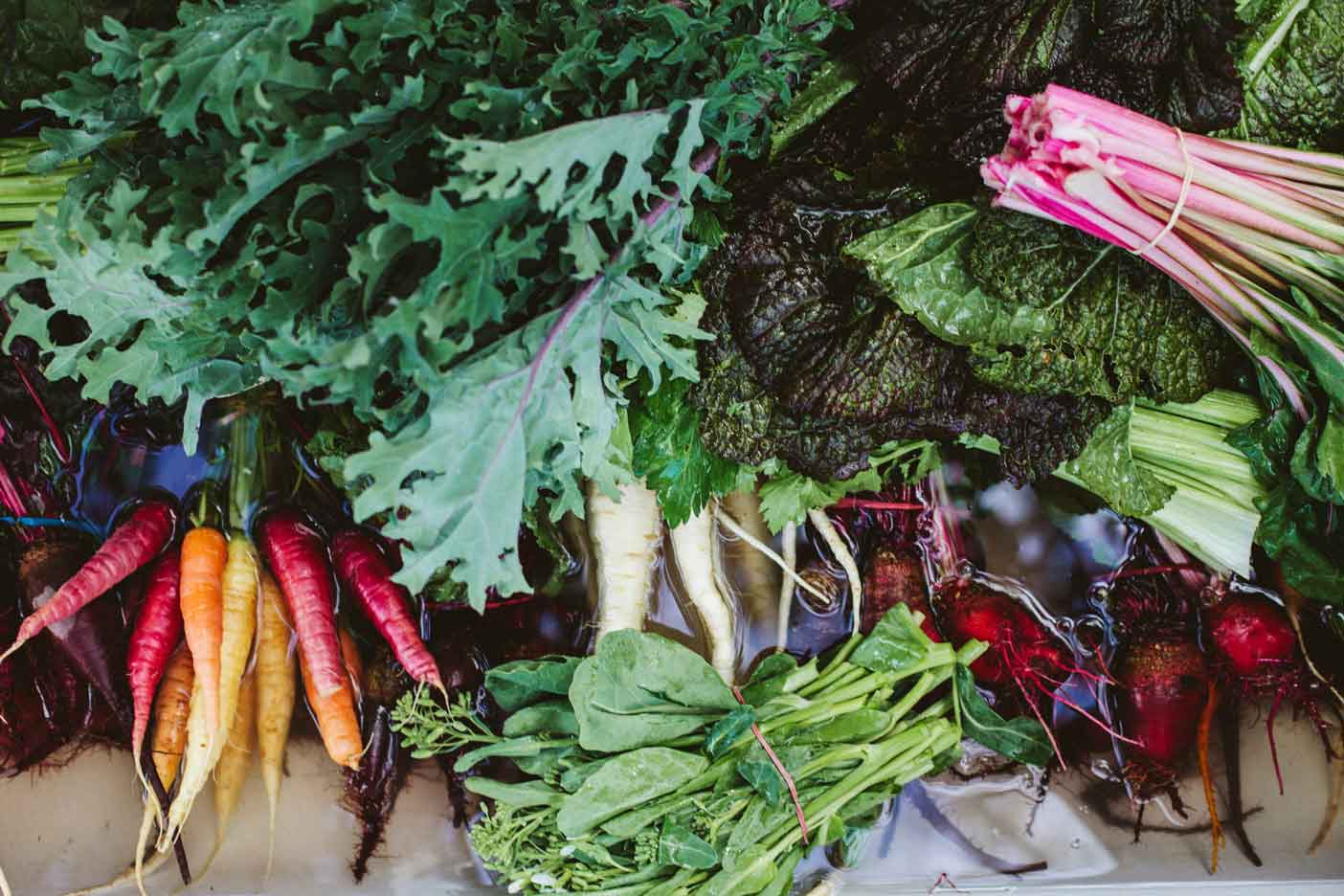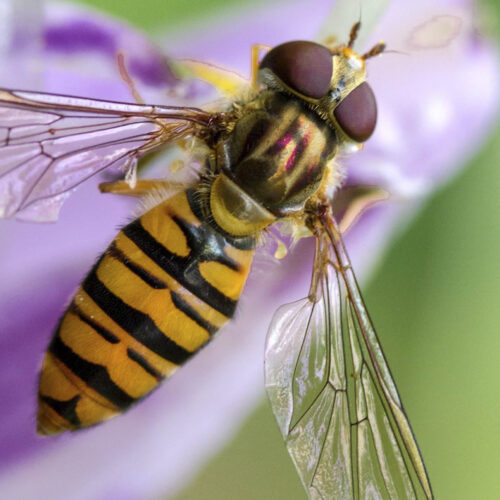Eat your colours!
2019-03-21T02:22:35+11:00
Lentil Purbrick investigates the secret health-promoting components in the colours of fruit and vegetables.
Nature gives back, and phytochemicals are one of the clearest examples of this. The benefits of nurturing our soils and plants, through natural and organic growing principles are well known. But seldom do we see such a direct correlation than we do with phytochemicals.
The word phytochemicals directly translates as ‘plant chemicals’ – compounds found within plants which the latter use to protect themselves from disease, fungal attack, pests and other damage. Levels of phytochemicals are highest in food-plants grown using natural methods, as plants create more phytochemicals the more they need to protect themselves and survive.
It turns out that these phytochemicals do the same for us: they help us to regenerate our bodies and protect us from disease, for example by acting as antioxidants that neutralise free radicals and safeguard our immunity.
The ancient philosopher Hippocrates famously said “Let food be thy medicine and medicine thy food”, and, although science couldn’t at the time define this, he was in many ways correct. Phytochemicals have been alluded to in complementary healthcare such as Chinese and Ayurvedic medicine but it was not until the 1980s that phytochemicals were clearly identified and defined by science. We now know so much about phytochemicals, including:
• they are found within all plant-based foods such as fruits, vegetables, nuts, seeds, whole-grains, legumes/beans, herbs/spices and oils;
• they fall outside the realms of vitamins, minerals, macronutrients and fibre;
• they are not considered nutritionally essential but have other beneficial qualities protective to our health;
• and, above all else, they help to protect our bodies through antioxidant, antiviral, antibacterial and anti-cancer properties.
We also know that it comes down to colour – put simply, it is phytochemicals that give our plant foods their colour. And yet so much is still unknown. Although more than 5000 individual phytochemicals have been identified – a large percentage have not and we do not fully understand how they are absorbed, stored and used in our bodies. Recent research suggests, however, that the phytochemicals in different plant foods may be complementary to each other and also that our bodies may not be able to store them long-term – emphasising the health advice to have a daily diet rich and varied in plant foods.
For more gardening tips and ideas get the latest issue of ABC Organic Gardener Magazine here.






